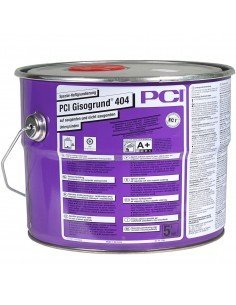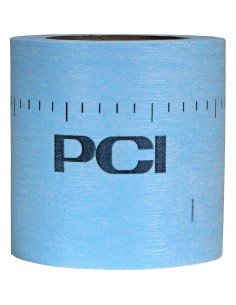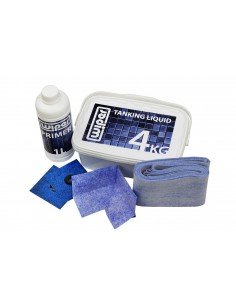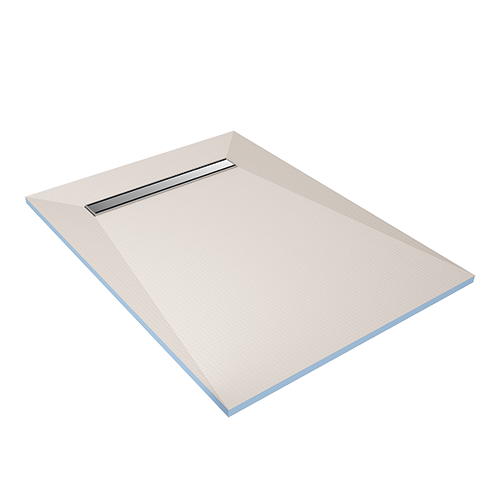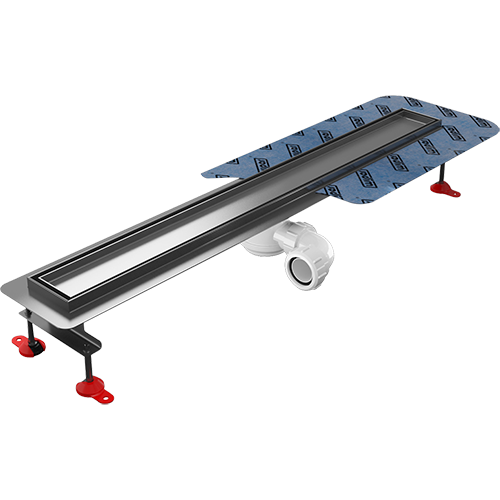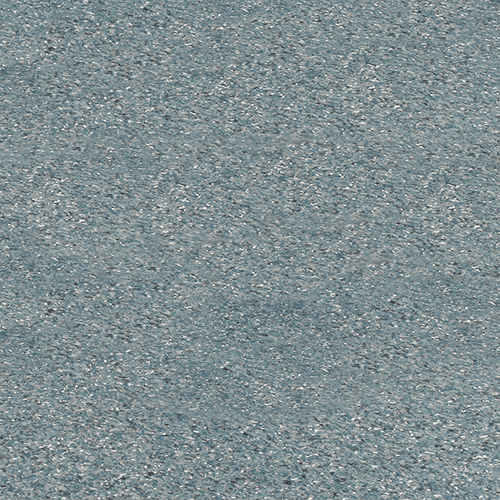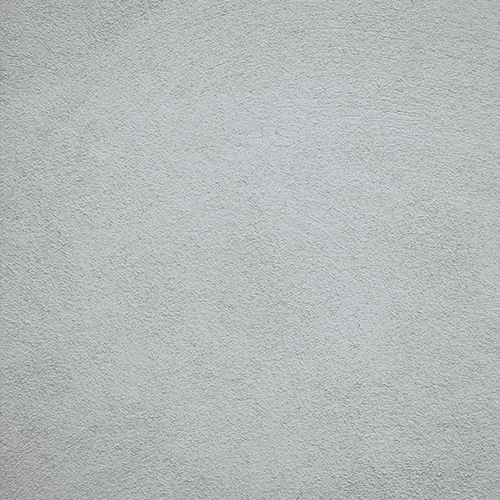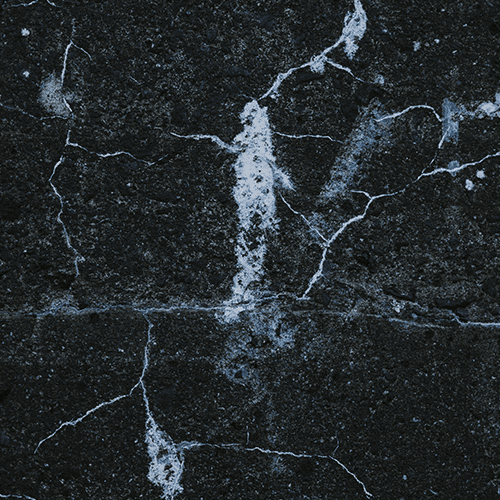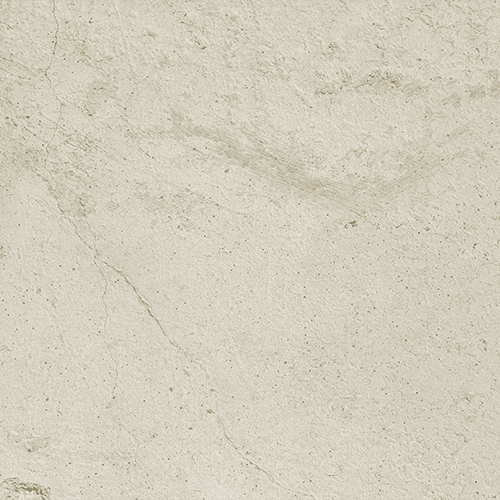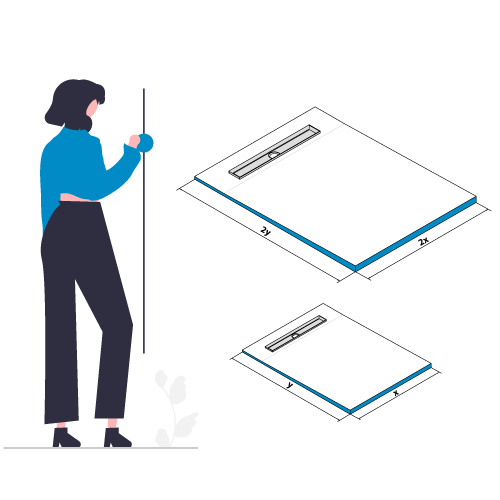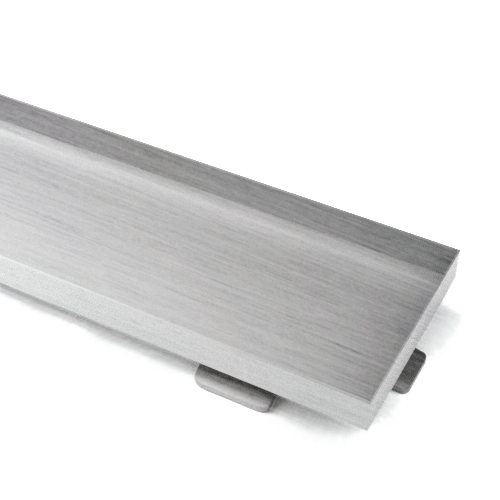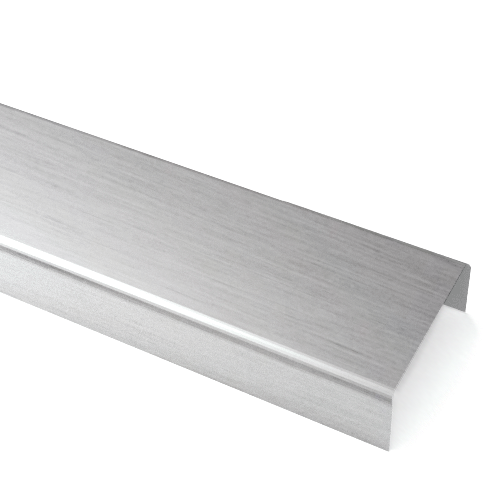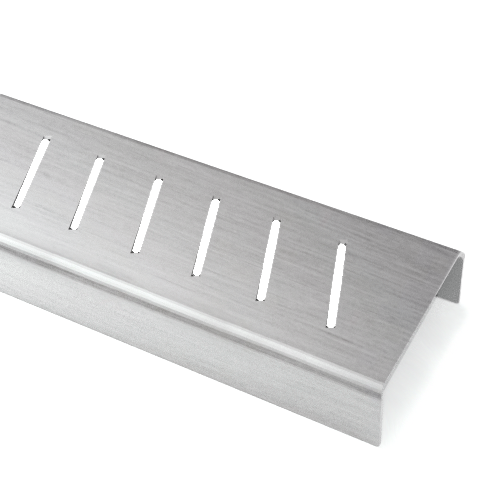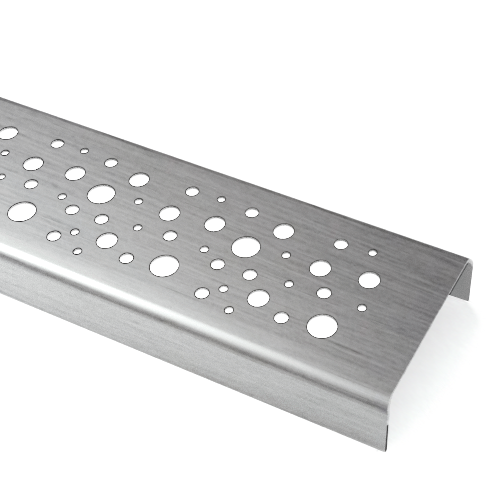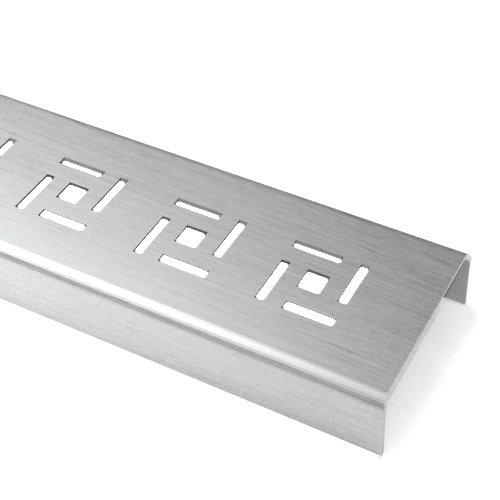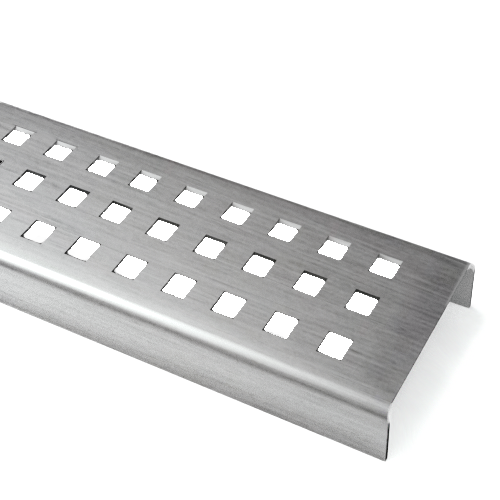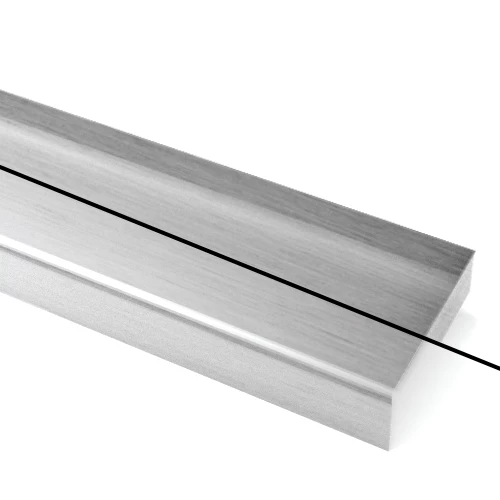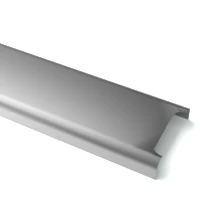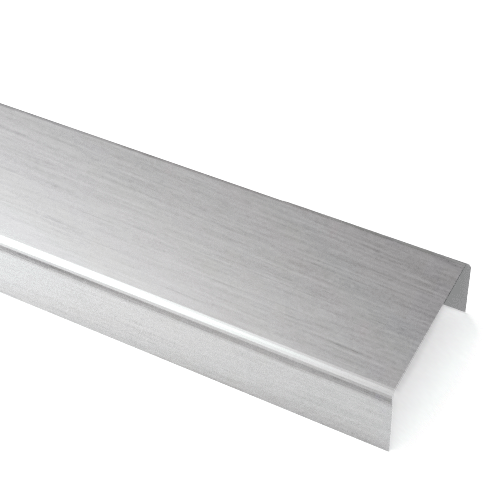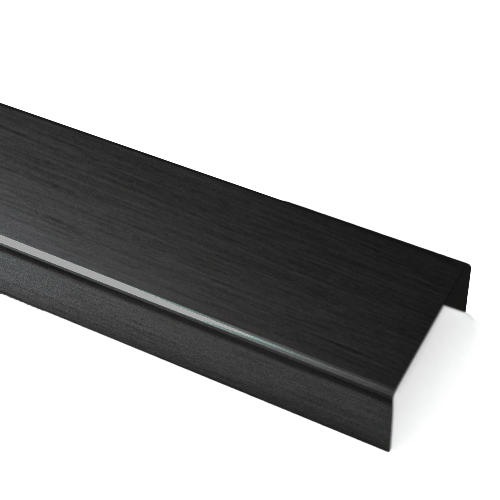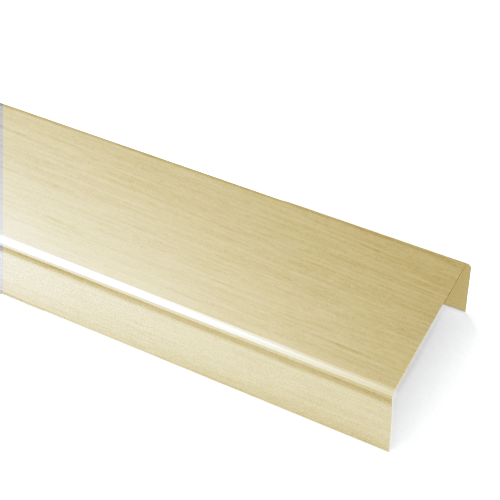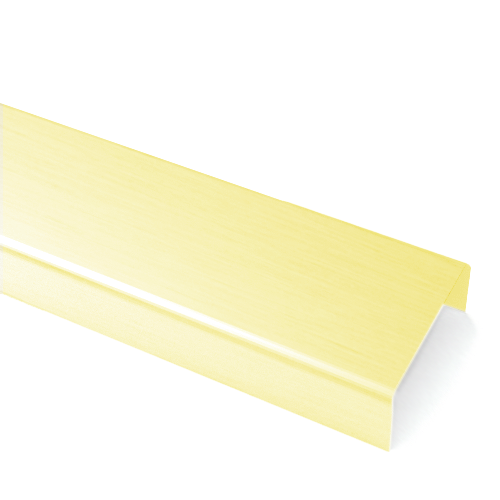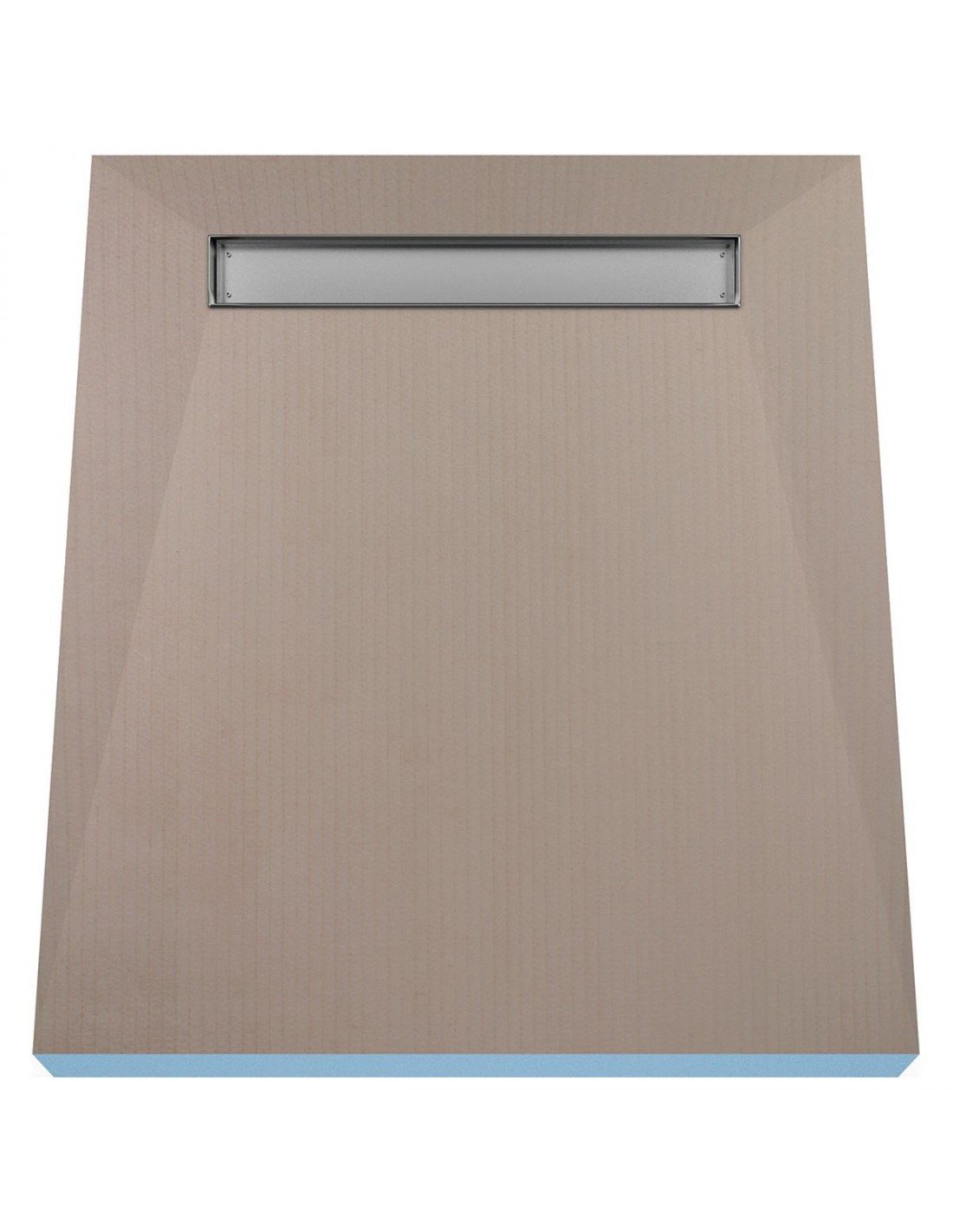- Matt R.
- Shower drains
- 1445 views

A tremendously important and unfortunately often overlooked element of each renovation is surface priming. The priming emulsion should be used during many stages of renovation work. Starting from the preparation for concrete screeds, through tiling all the way to painting. Ignoring priming process of substrates, we expose ourselves to serious problems and complications that may appear immediately after the renovation is done or only after a few months or years. There is a belief that properly installed ceramic tiles provide sufficient protection against water penetration, for example in the shower. Unfortunately, even the best-made, high-quality grout is not perfectly waterproof.
Priming emulsions have several tasks. First of all, they significantly increase the adhesion of the substrate on which they are used. Thanks to this, we can be sure that, for example, the tile adhesive properly bonds with the substrate and tiles in our shower will not fall off after the first bath. Depending on type, the primer can be used on almost any surface, but above all it is used on porous and loose substrates on which it is much more difficult to provide adequate adhesion and sealing. While priming itself cannot create a proper waterproof coating, this is the first, basic and mandatory step to create one with later layers. Only on a thoroughly primed surface, liquid foil and waterproofing membranes can be used with confidence. It is also used wherever there is a need to stabilize a loose substrate such as plaster.
The primer is very easy to apply. We can apply it with a brush, roller or spray. Remember to shake the bottle well before opening as some sediments may occur. When priming the walls for painting, it is best to use a roller because it will be easier for us to obtain a smooth surface without stains. That will pay off later when painting with proper finishing paint. When preparing the surface for tiling, it is very important to precisely cover entire required surface. In this case the tool of your choice doesn't matter that much. Priming emulsions are fast drying, so further work is often possible after a few hours of application. When used on dusty and unstable surfaces such as lime plasters, we can easily check whether the surface has been properly primed. When the primer is dry, just drag your hand over the primed surface. If nothing is falling off we can proceed to further work. Otherwise, apply another layer.
Extremely important when working with priming emulsions is adequate protection of the surface, which we do not want to splash or paint. Unfortunately, stains from the primer are much harder to remove than paint, and sometimes it can be impossible without destroying the splashed surface. Exactly the same applies to the skin and clothes. Completely dried primer creates a coating, which can't be simply washed off the skin. You can only scrape it off and that can be painful. Clothes stained with primer are virtually impossible to save. You must also take proper care of the tools you used when priming. After painting is finished, all brushes and rollers should be rinsed thoroughly with plenty of water as soon as possible. Otherwise they will harden and will be useless.
Priming emulsion is a very small expense compared to other materials used in renovations. Using it may save you from many later issues. Especially when building a wetroom.



